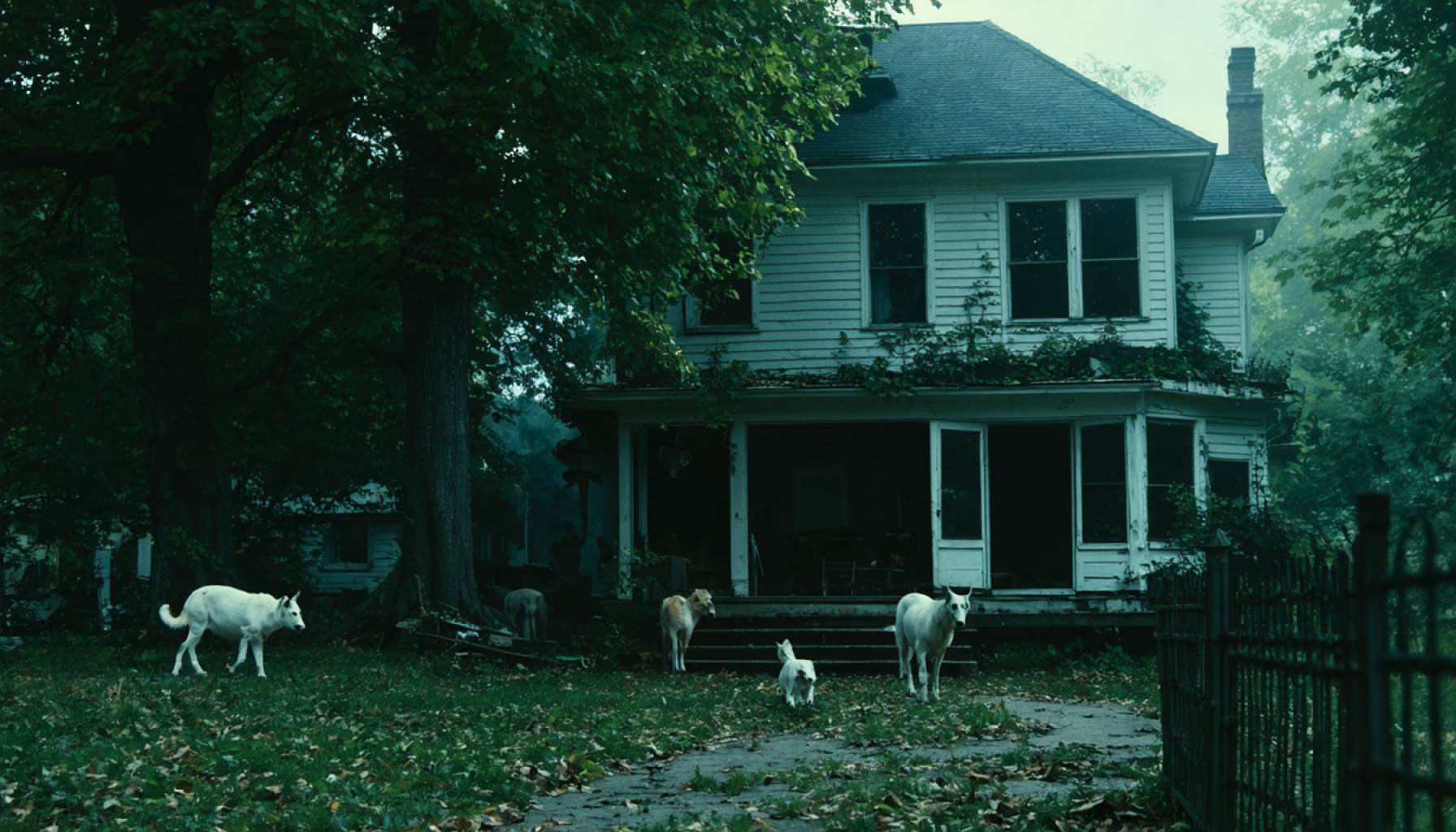- Hunters disrupted the tranquility of Normandy by killing a stag near Luc Besson’s mother’s property, causing chaos and distress.
- The incident led to an outcry from Besson, who criticized the act as “barbarity” rather than hunting.
- A preliminary investigation has been launched to understand the incident and address tensions between human activities and wildlife preservation.
- Besson advocates for his land to become a sanctuary for deer, emphasizing the need for ethical hunting practices and respect for property rights.
- This event highlights the ongoing debate surrounding traditional hunting practices and the need for balance in human-nature interactions.
- The investigation’s outcome may prompt a re-evaluation of how society coexists with the natural world, aiming for justice and preservation.
Amid the serene landscapes of Normandy, an unsettling tableau erupted that seemed more suited to a thriller than reality. On a peaceful terrace belonging to Luc Besson’s mother, hunters stormed in, turning the tranquility into chaos. Without warning, and within eyesight of the octogenarian, a majestic stag—a symbol of nature’s beauty and grace—met a brutal end, surrounded by barking hounds.
The air was thick with tension as the elderly woman, bewildered and appalled, attempted to intervene. Her voice, though strong, fell on deaf ears. Her calls for the hunters to cease their relentless pursuit were disregarded amidst the cries of exhausted canines.
The celebrated filmmaker, known for transforming the ordinary into the extraordinary on screen, found himself in a drama he could not direct. For over a day, anger overcame him, with images of the gruesome event lodged firmly in his mind. He voiced his outrage, describing the incident not as hunting, but as sheer barbarity.
Authorities have initiated a preliminary investigation, urging clarity in an affair that revisits the age-old tension between man’s dominion and the wild. As Luc Besson clamors for justice and calls for a safe haven on his land—an island of refuge where deer might peacefully roam—the discourse about ethical hunting and property rights resurfaces.
This event serves as a stark reminder of the delicate balance between tradition and preservation, where nature’s inhabitants find themselves entangled in human conflicts. The outcome of the investigation might not just bring justice, but also inspire a rethinking of our coexistence with the natural world.
This Unbelievable Incident Exposes a Tense Clash Between Wild Nature and Human Traditions
Background and Context
In the serene and picturesque region of Normandy, a shocking event unfolded that underscores the ongoing tension between wildlife conservation and hunting traditions. This occurrence involves Luc Besson, a renowned filmmaker, whose mother witnessed hunters invading her property, leading to the unlawful killing of a stag. This incident has sparked widespread debate about hunting ethics, property rights, and how we coexist with nature.
Real-World Use Cases and Ethical Hunting
The incident brings to light critical questions about ethical hunting practices. Ethical hunting typically involves respecting both wildlife and the communities surrounding natural habitats. Proper hunting, when conducted responsibly, can contribute to wildlife management and conservation. However, as witnessed in Normandy, lack of respect for private property and the brutal treatment of animals can ignite public outrage.
Market Forecasts and Trends
Interest in hunting as a sport is declining in several regions worldwide, while wildlife conservation efforts are gaining momentum. According to a report by the International Wildlife Conservation Society, there’s a rising demand for wildlife tourism and non-invasive ways to appreciate nature. This trend reflects a societal shift towards sustainable practices and recognition of wildlife rights.
Controversies and Limitations
One major controversy surrounding hunting is often the potential conflict with animal rights. While some argue that regulated hunting maintains ecological balance, others believe it can be inhumane and unethical, especially when animals are subjected to unnecessary suffering.
Another limitation is the potential for hunting territories to overlap with human dwellings, as highlighted in the Normandy incident. This overlap can result in legal and ethical dilemmas concerning property rights, as well as potential safety concerns for local residents.
Features, Specs, and Pricing of Wildlife Conservation Efforts
Efforts to protect wildlife include creating designated wildlife reserves and sanctuaries. These protected areas have specific regulations and policies that help in maintaining ecological diversity. Costs for establishing these zones can vary depending on the region and the infrastructure needed for effective management. Maintaining such reserves often involves collaboration between private landowners, governments, and conservation organizations.
Security and Sustainability
The Normandy incident demonstrates a need for better regulation and enforcement of hunting laws. Improved fencing, digital surveillance, and community engagement are key security measures that landowners can consider to prevent similar incidents. Promoting sustainable interactions with wildlife not only protects animals but also preserves the biodiversity that is crucial for ecological balance.
Insights and Predictions
As more high-profile individuals, like Luc Besson, advocate for ethical wildlife treatment and land rights, increased scrutiny and progressive legislative changes might follow. It’s likely that governments will implement stricter controls on hunting practices, emphasizing conservation and ethical standards.
Pros and Cons Overview
Pros:
– Conservation Benefits: Ethical hunting and wildlife reserves can play a role in conservation strategies.
– Economic Opportunities: Wildlife tourism is a growing industry that relies on sustainable practices.
– Community Engagement: Enhances awareness and involvement in preserving local ecosystems.
Cons:
– Barbaric Practices: Incidents like the Normandy case highlight unethical hunting practices.
– Property Rights Conflicts: Challenges in maintaining boundaries between hunting grounds and private properties.
– Safety Concerns: Risks associated with hunting activities near populated areas.
Actionable Recommendations
– Advocate for Policy Change: Support legislative efforts aimed at enforcing stricter hunting regulations.
– Promote Education: Engage communities through educational programs on ethical hunting and conservation.
– Foster Dialogue: Facilitate conversations between hunters, landowners, and conservationists to promote mutual understanding and cooperation.
Recommended links for further reading:
– World Wildlife Fund
– Conservation International
